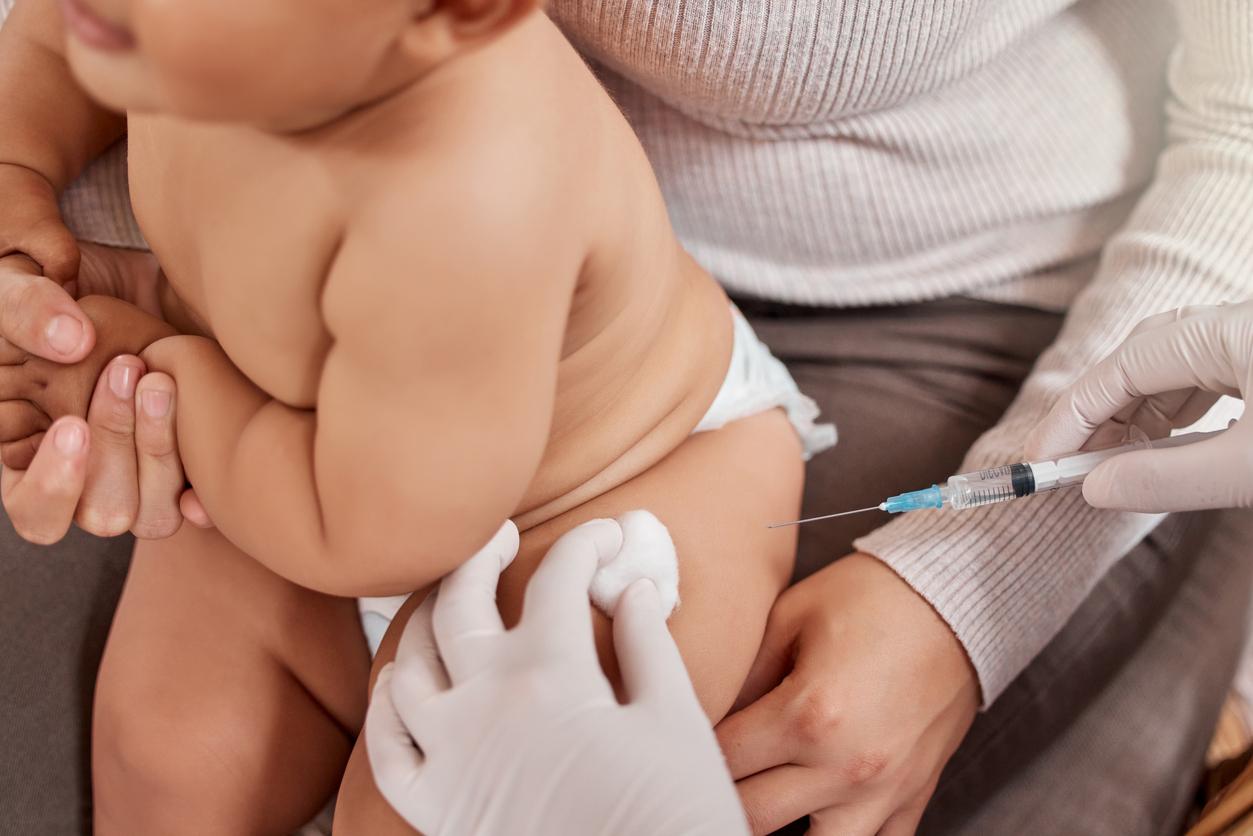
The skin is one of the first parts of the body to come into contact with the outside world. Contact with certain substances can be harmful. The sap of crops such as poison oak and poison ivy, which contain an oily substance called urushiol, triggers an allergic reaction in millions of people every year. This reaction is called poison ivy dermatitis.
As with other allergens, the first exposure to urushiol does not lead to an external reaction, but inside the body the immune system prepares for subsequent contacts with the substance. The immune response starts with White blood cells envelop and destroy the allergen. Once the allergen has been rendered harmless, antibodies are created. These IgE antibodies prepare the immune system for the next contact with the same allergen. IgE antibodies attach to mast cells. Mast cells, or mast cells, are cells that are part of the respiratory system, the gastrointestinal tract and the skin. This process is called sensitization.
Once you are sensitized to urushiol and come into contact with the sap of poison ivy plants again, the allergen urushiol is recognized by the antibodies on the mast cells. To ward off the invaders, the mast cells secrete histamine. This binds to the skin cells, leading to an inflammatory response.
This often leads to severe itching and a burning sensation, followed by a blistering rash that can last up to ten days. Corticosteroid creams on the inflamed areas help to reduce the symptoms of the allergic reaction, but they do not shorten the duration of the rash.

















